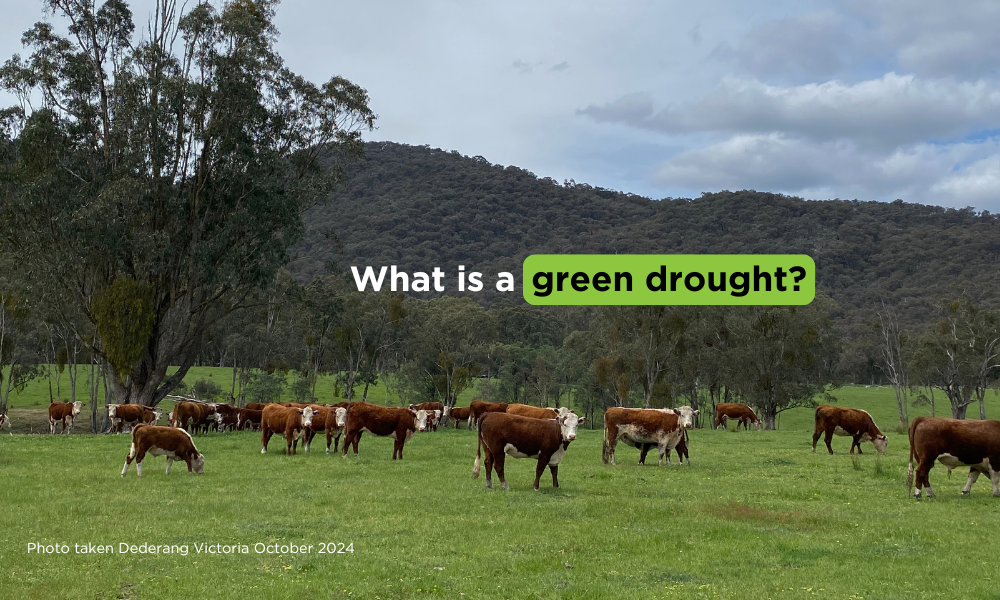
The term “green drought” might sound contradictory. After all, how can a landscape that’s lush and green be in a drought? In reality, a green drought is a complex environmental phenomenon, where it presents serious challenges to agriculture, livestock, and water resources.
Defining a Green Drought
A green drought is a period when there’s enough rainfall for vegetation to grow but not enough for deep soil moisture or water supplies to replenish fully. While the land appears green and lush from a distance, the water profile beneath it tells a different story. There’s limited water deep in the soil, leading to dry conditions that inhibit sustainable plant growth, making it difficult for farmers to grow crops or sustain livestock efficiently.
Why Does a Green Drought Occur?
Green drought typically occurs when sporadic rainfall stimulates short-term plant growth. This is especially true of shallow-rooted vegetation, like grass, which only needs minimal surface moisture to appear green. However, the underlying issue remains: the rain isn’t penetrating deeply enough into the soil to support longer-term growth or to replenish water tables. Additionally, short rain showers do not provide enough moisture to keep up with plant and livestock demands, especially when combined with high evaporation rates from heat and wind.
As a result, while the landscape may look deceptively healthy, the soil remains dry and lacks the necessary moisture for sustainable agriculture. Many farmers face what seems like an irony—an attractive green landscape that’s masking an underlying drought.
Impacts of a Green Drought on Agriculture and Livestock
For the agricultural sector, a green drought can be devastating. Here’s why:
- Unreliable crop yields: With insufficient moisture in deeper soil layers, crops struggle to develop robust root systems, leading to stunted growth and poor yields.
- Strained livestock resources: The grass that grows during a green drought may appear nutritious, but it often lacks the essential nutrients needed to sustain livestock health over time. Farmers are frequently forced to rely on expensive supplementary feed, as natural pastures fail to provide necessary nutrition.
- Increased costs for farmers: The illusion of ample feed can be misleading, prompting farmers to continue grazing when the land cannot sustain it. This adds to land degradation over time, impacting future agricultural viability and increasing the economic burden on farmers who then need to purchase feed or transport livestock.
- Water Shortages: Rain during a green drought is typically insufficient to refill dams, creeks, or other water supplies that farmers rely on. This puts a further strain on already stressed water systems, especially in drier regions.
The Road Ahead
As climate variability increases, green droughts are becoming more common in Australia and globally. These events highlight the need for better water management, agricultural adaptation, and support systems for farmers facing the double-edged sword of “green” landscapes hiding drought conditions.
Green droughts may deceive the eye, but by understanding their underlying causes and effects, we can take steps toward long-term sustainability.
A Current Affair reported recently the devastation some farmers in Victoria are facing right now because of a green drought.
At a time when farmers are already experiencing challenging decisions it is another cruel blow to see green paddocks that won’t make a difference to the situation.
Together we can stand with our farmers to ensure they are supported through whatever mother nature throws their way.
